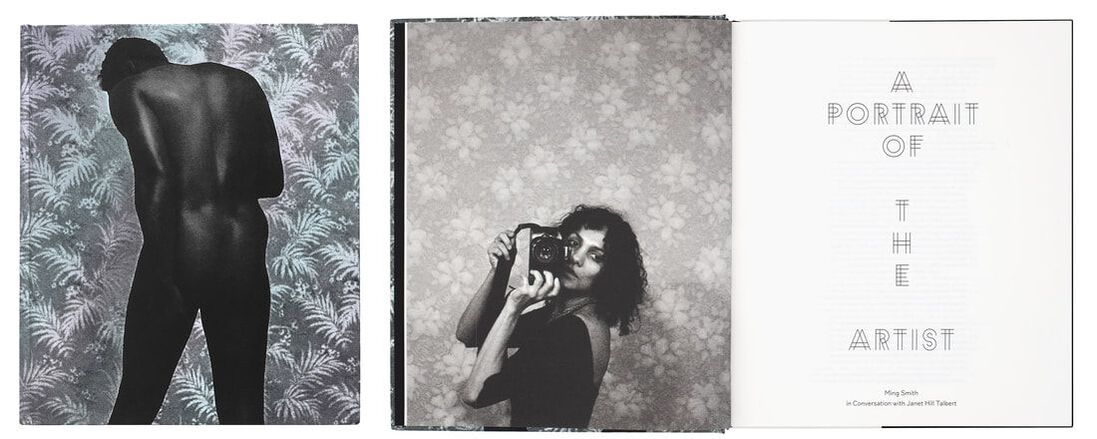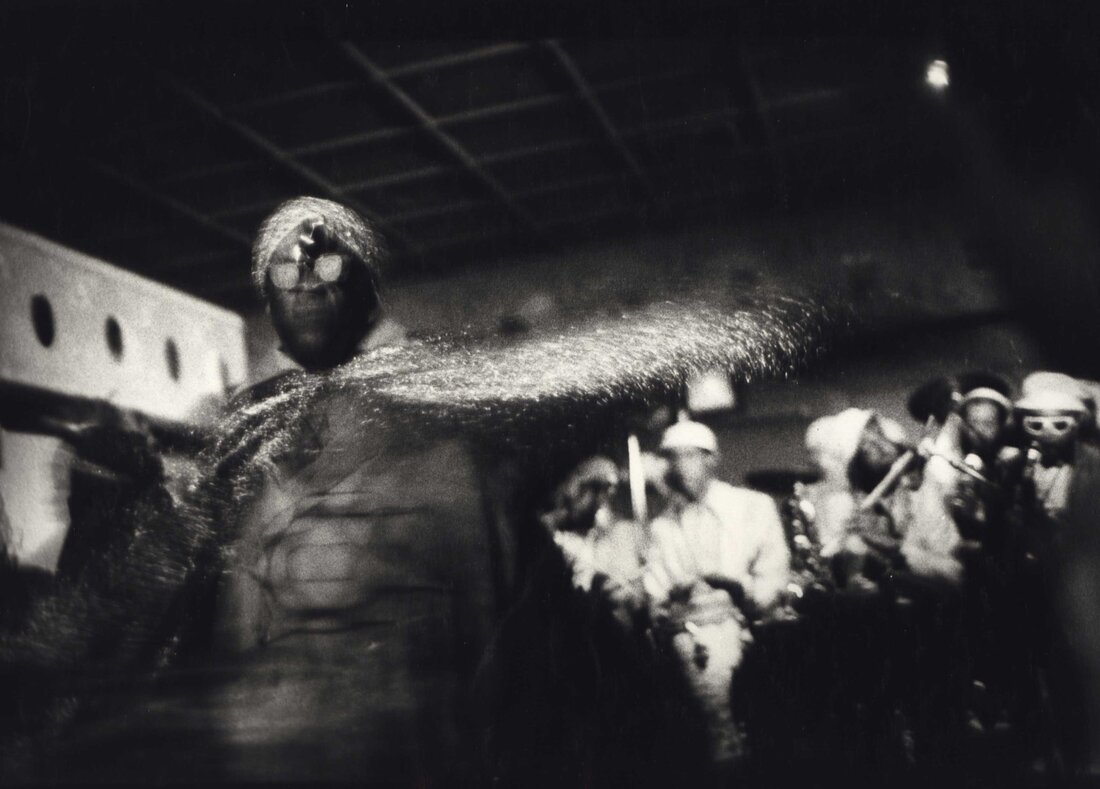As a child growing up in Columbus, Ohio in the 1950s, Ming Smith used her mother's camera to photograph students in her predominately white school. She attended Howard University, where she studied microbiology, before moving to New York City in the 1970s, where she worked as a model and continued to make photographs. She was the first woman to be invited to join the Kamoinge group, a workshop of young black photographers, spearheaded by Roy DeCarava. In 1979, she became the first black woman to have her photographs acquired by the Museum of Modern Art. Smith uses a variety of techniques to transform her photographs, including double exposure, collage, and painting on prints.
Ming Smith: An Aperture Monograph, co-published in 2020 by Aperture and Documentary Arts, focuses on “her trademark lyricism, distinctively blurred silhouettes, dynamic street scenes, and deep devotion to theater, music, poetry, and dance.”
Alan Govenar spoke with Ming Smith and her son Mingus Murray over Zoom on October 31, 2020. The following video features excerpts from that interview, edited with her images.
Ming Smith: An Aperture Monograph, co-published in 2020 by Aperture and Documentary Arts, focuses on “her trademark lyricism, distinctively blurred silhouettes, dynamic street scenes, and deep devotion to theater, music, poetry, and dance.”
Alan Govenar spoke with Ming Smith and her son Mingus Murray over Zoom on October 31, 2020. The following video features excerpts from that interview, edited with her images.
|
|
Delve deeper |








